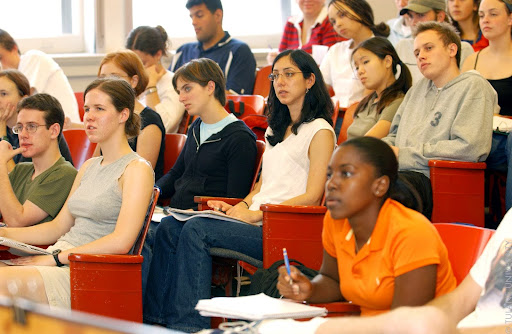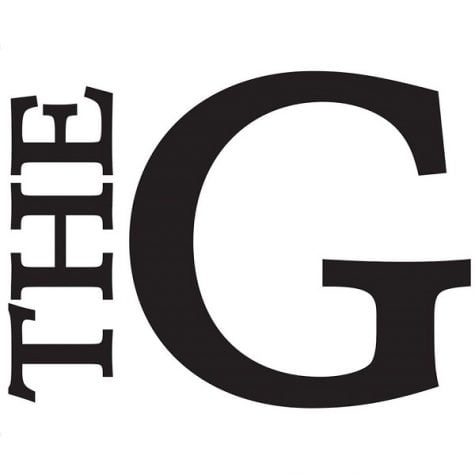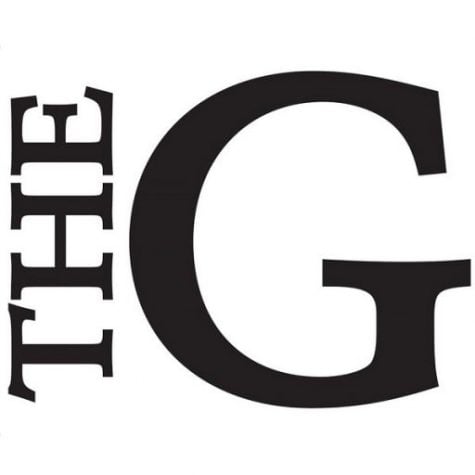Staff Editorial: The true history of Thanksgiving
Thanksgiving has been portrayed as a celebration of peace and cooperation between the Native Americans and white settlers, but is that perspective honest? In recent years, many publications have begun to highlight the dark truths surrounding Thanksgiving and the relationship between Native Americans and white settlers that is a stark contrast to what we first learned in school. Learning about these events can be difficult, but it is necessary for our growth as individuals and as Americans. So how do we go about celebrating Thanksgiving with the knowledge of it? Should our treatment of the holiday change at all?
The story we learn in elementary school is that after a turbulent arrival and a harsh winter for the Pilgrims in what would become Massachusetts, the local Native American tribe and the settlers came together for a feast. While there is proof of interaction between the settlers and the natives, and similarities between the legend and actual history, there is not even concrete proof of this meal taking place. The information we base our Thanksgiving tradition on comes from a Pilgrim named Edward Winslow.
“Our harvest being gotten in, our governor sent four men on fowling, that so we might after a special manner rejoice together, after we had gathered the fruits of our labors; they four in one day killed as much fowl, as with a little help beside, served the Company almost a week, at which time amongst other Recreations, we exercised our Arms, many of the Indians coming amongst us, and amongst the rest their greatest king Massasoit, with some ninety men, whom for three days we entertained and feasted, and they went out and killed five Deer, which they brought to the Plantation and bestowed on our Governor, and upon the Captain and others,” Winslow wrote, according to a Smithsonian Magazine article. “And although it be not always so plentiful, as it was at this time with us, yet by the goodness of God, we are so far from want, that we often wish you partakers of our plenty.”
According to history.com, this tradition of a harvest meal in late November would continue over the years, and in 1789 George Washington would make Thanksgiving an official holiday. However, it would not take its official place on our calendar until Abraham Lincoln’s presidency in 1863.
Currently, Thanksgiving is a holiday that for some is about being together and sharing a nice meal. Across the country, however, there are also groups who treat Thanksgiving as a day of mourning.
Many Native Americans feel that Thanksgiving does not appropriately represent their history, particularly because the narrative ignores the bloody history between Indigenous peoples and settlers. In a 2017 article, New York Times writer Maya Salam blames watered-down TV specials as well as textbooks in school for misconceptions about Thanksgiving’s origins.
It’s clear that the lessons we learned in elementary school about Thanksgiving gloss over some dark truths. But The Guilfordian believes the values of cooperation and unity that are part of the Thanksgiving story could not be more important, especially in our nation’s current climate.






